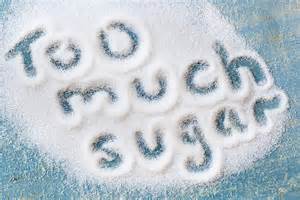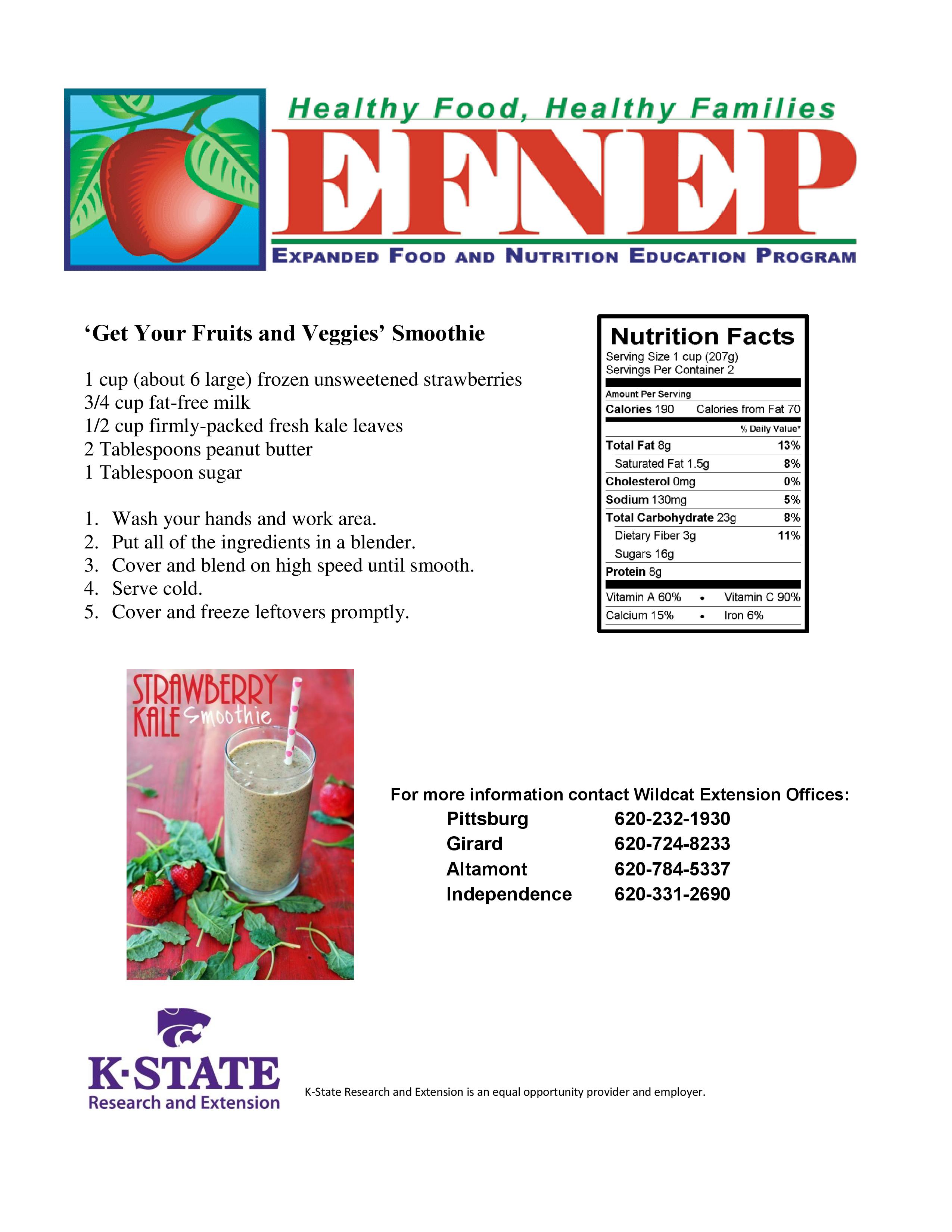Too Much Sugar? Not Sweet for Your Health
 The average amount of added sugar eaten in the U.S. is about 20 teaspoons (79 grams) per day. While you probably know that “too much” added sugar is not a good thing, how much is too much?
The average amount of added sugar eaten in the U.S. is about 20 teaspoons (79 grams) per day. While you probably know that “too much” added sugar is not a good thing, how much is too much?
Here are the limits for added sugars, as recommended by the American Heart Association. Children should get no more than 3 teaspoons (12 grams) per day. Women should get no more than 6 teaspoons (24 grams) per day. Men should get no more than 9 teaspoons (36 grams) per day.
How can you tell how if added sugar is in a food? Read the ingredients label. Names for added sugar include: high fructose corn syrup, molasses, cane sugar, corn sweetener, syrup, honey and fruit juice concentrates. The beverage or food also has added sugars if its ingredients list has words ending in “-ose,” such as fructose and sucrose.
How can you tell how much added sugar is in a food? You can’t know the exact amount. Nutrition Facts labels show the grams of total sugar, but this amount includes both added sugars and naturally-occurring sugars. But if the food does not contain fruits or dairy products, know that the total grams of sugar shown on the Nutrition Facts will be mostly from added sugars.
Below are ways to reduce your and your family’s intake of added sugars, based on the main sources of them in the U.S. diet.
- Limit sugar-sweetened beverages: soda, energy drinks, sports drinks, sweetened fruit drinks and sweet tea. Just 12 ounces of regular soda contain 8 teaspoons (32 grams) of added sugar. Instead, satisfy your thirst with water most of the time.
- Reduce the amount of cake, cookies, pie, sweet rolls, pastries, donuts, ice cream and candy that you eat. Instead, most of the time, serve unsweetened fruit at the end of meals and as snacks. These include no-added-sugar fresh, fruit canned in water or in 100% juice, and unsweetened dried and frozen fruits.
- Switch to no-added-sugar breakfast cereals.
- If you buy flavored yogurts, switch to plain instead. For extra flavor, add unsweetened fruit.
- When preparing baked goods, cut the sugar called for in your recipe by one-third to one-half. Often you won’t notice the difference.
Remember that treats should be enjoyed only occasionally, not every day. Enjoy a sweet life of good health!
Martha Murphy
Pittsburg EFNEP
Wildcat Extension District
(620) 232-1930
mmurphy@ksu.edu
For additional information, contact the Wildcat Extension District, Crawford County, 620-724-8233, Labette County, 620-784-5337, Montgomery County, 620-331-2690, Pittsburg Office, Expanded Food and Nutrition Education (EFNEP), 620-232-1930. Our website is http://www.wildcatdistrict.k-state.edu/ or follow us on Facebook: https://www.facebook.com/Wildcat.Extension.District/
K-State Research and Extension is an equal opportunity provider and employer.

